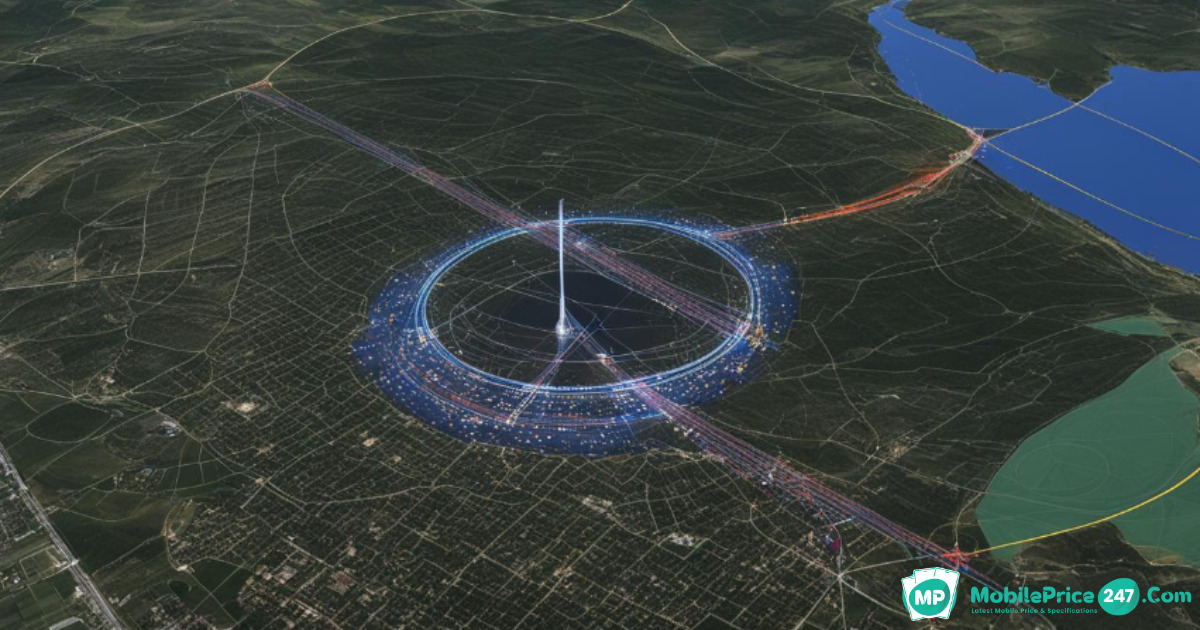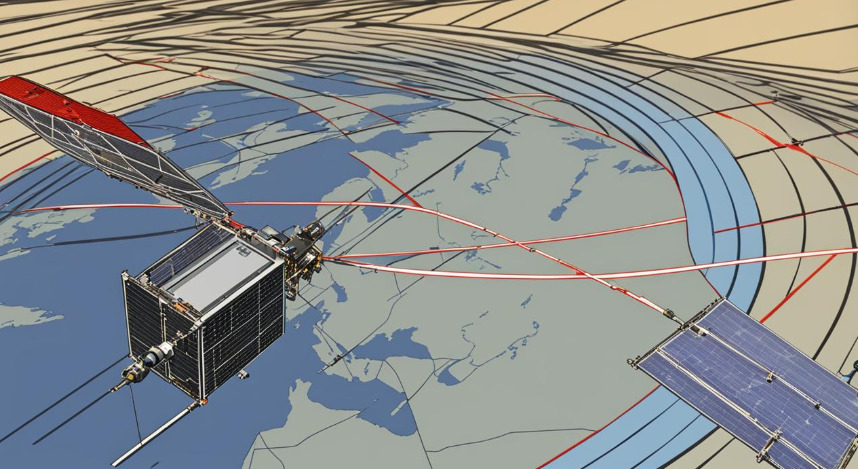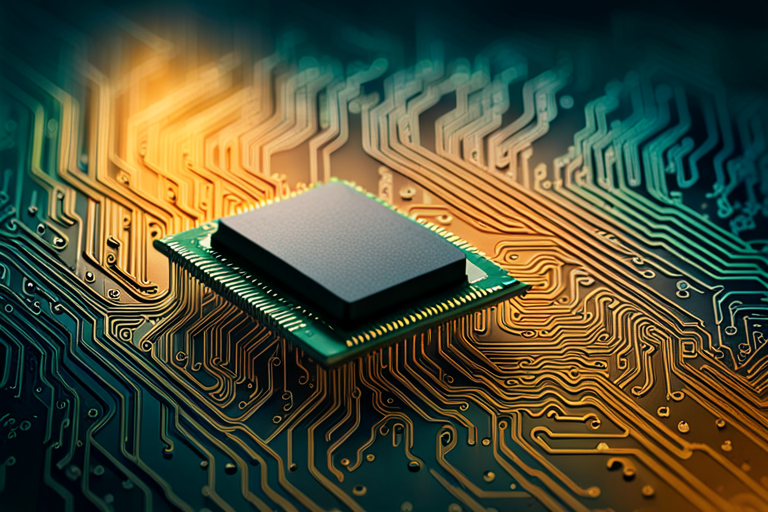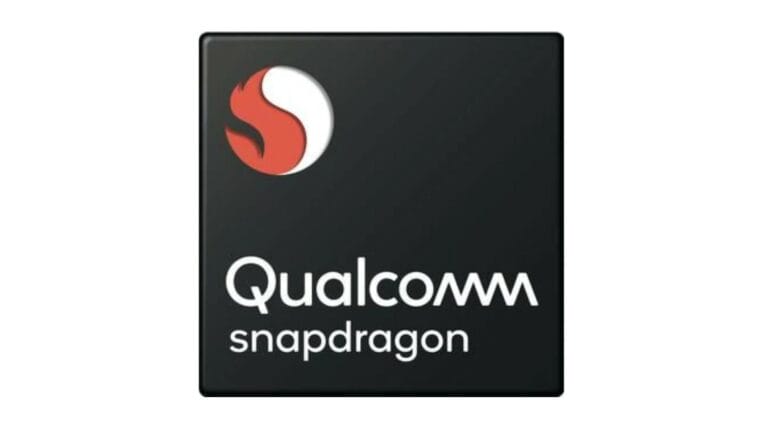What is GPS Sensors and How It Works

GPS sensors are a vital component of the GPS system, which stands for Global Positioning System. Knowing how GPS sensors work is essential to comprehending GPS technology, the GPS, and GPS receivers.
GPS sensors, also known as GPS modules, are compact devices that consist of a small rectangular antenna mounted on a chip.
These sensors work by processing signals transmitted by GPS satellites and determining the distance between the receiver and each satellite.
GPS technology relies on a network of satellites and ground-based control installations to provide precise positioning information.
The satellites transmit signals on multiple frequencies, with one frequency dedicated to civilian applications and another for military use.
GPS receivers are devices that incorporate GPS modules along with data display and memory capabilities. They receive the processed signals from GPS sensors and can store data such as latitude, longitude, altitude, and recording time.
GPS sensors can be interfaced with microcontrollers, enabling their integration into various electronic devices.
Additionally, GPS modules require a DC power supply and start outputting data as soon as they detect satellites within range.
The accuracy of GPS sensors is enhanced by comparing signals from multiple satellites and using atomic clocks located in the satellites as a reference for time synchronization.
This combination of signals and precise timing allows GPS receivers to calculate their position with high accuracy.
How GPS Receivers Calculate Position
GPS receivers play a critical role in determining our precise position anywhere in the world. But how exactly do these receivers calculate our position?
It all starts with measuring the distance to multiple GPS satellites.
To calculate the distance, GPS receivers compare the arrival times of signals transmitted by the satellites.

This distance calculation is based on the transit time of the signal and the speed of light. To determine a position in 3D space, GPS receivers require signals from at least four satellites.
By receiving and comparing signals from multiple satellites, GPS receivers can gauge their inaccuracy and adjust their clocks accordingly.
While GPS receivers use an ordinary quartz clock, GPS satellites have expensive atomic clocks. However, by synchronizing their clocks with the atomic clocks in the satellites, GPS receivers achieve high accuracy without the need for expensive atomic clocks.
The position calculation is done by drawing spheres around each satellite’s calculated distance and finding the intersection point of these spheres.
Additionally, GPS receivers rely on the stored information about the satellites’ locations, which is transmitted along with the signals.
While factors like the pull of the moon and the sun can slightly affect the satellites’ orbits, the GPS constantly monitors and adjusts for these changes.
Role of GPS Satellites
- GPS satellites transmit signals that are received by GPS receivers on Earth.
- These satellites are equipped with atomic clocks, providing highly accurate time references.
- GPS receivers use the transmitted signals and the time references to calculate their distance to each satellite.
- With signals from at least four satellites, GPS receivers can calculate their precise position in 3D space.
Importance of Distance Measurement
- Distance measurement is crucial for GPS receivers to accurately calculate position.
- GPS receivers compare the arrival times of signals to determine the distance to each satellite.
- This distance calculation is based on the transit time of the signal and the speed of light.
- By measuring the distances to multiple satellites, GPS receivers can triangulate their position.
Function and Significance of GPS Technology
GPS technology plays a vital role in enabling precise navigation and positioning anywhere in the world.
With its widespread applications in various industries and sectors, GPS has become an integral part of everyday life.
From accurate mapping and surveying to asset tracking and vehicle navigation, GPS technology has revolutionized countless fields.
Transportation, logistics, aviation, maritime navigation, and outdoor recreational activities heavily rely on GPS technology.
GPS receivers in smartphones and car navigation systems provide turn-by-turn directions and real-time traffic updates, enhancing convenience and efficiency.
Additionally, GPS technology has significantly improved the fields of geodesy, land surveying, and precision agriculture, enabling precise measurements and improved productivity.
Emergency services and disaster management rely on GPS technology for location-based services, facilitating accurate response coordination and efficient rescue operations.
Fleet management and logistics operations have also benefitted from GPS, improving efficiency and optimizing route planning.
Outdoor enthusiasts, hikers, and adventure seekers rely on GPS technology for precise positioning, ensuring their safety and enhancing their overall experience.
Key Features and Benefits of GPS Technology:
- Precise navigation and positioning anywhere in the world
- Wide range of applications in transportation, logistics, aviation, and outdoor recreational activities
- Accurate mapping, surveying, and asset tracking
- Turn-by-turn directions and real-time traffic updates in smartphones and car navigation systems
- Revolutionized fields like geodesy, land surveying, and precision agriculture
- Location-based services for emergency services and disaster management
- Improved efficiency in fleet management and logistics operations
- Enhanced safety and precise positioning for outdoor enthusiasts and adventure seekers
Furthermore, the precision and accuracy of GPS receivers have significantly improved over the years, ensuring more reliable and precise positioning.
This continuous advancement in GPS technology has made it an indispensable tool for a wide range of applications, making our lives more convenient and efficient.
Everyday Application of GPS Sensors
GPS sensors have become an indispensable component of consumer electronics. From smartphones and tablets to smartwatches, GPS sensors are integrated into these devices to provide precise location-based services.
By harnessing the power of GPS technology, these devices offer a wide range of functionalities that enhance user experiences.
One area where GPS sensors excel is in wearable devices, such as fitness trackers and sports watches. These devices leverage GPS sensors to accurately track and monitor distance, speed, and location during workouts.
This enables fitness enthusiasts to keep a close eye on their progress and achieve their fitness goals.
Geotagging, another popular application of GPS sensors, allows users to embed GPS coordinates into photos or videos.
This feature adds an extra layer of information to visual content, making it easier to organize and share cherished memories based on location.
The inclusion of GPS sensors in consumer electronics has revolutionized the way we capture and relive special moments.
Moreover, GPS sensors play a vital role in various industries and sectors. In transportation and logistics, GPS-enabled devices assist in efficient route planning and optimization, benefiting delivery services and ride-hailing companies.
Asset tracking and fleet management systems heavily rely on GPS sensors to track and monitor valuable assets, ensuring their safety and security.






